Hi, it’s Al with you again at The Eco-Friendly Life. Have you ever asked yourself, what are the main sources of renewable energy? This is an essential question as we navigate towards a sustainable future. Renewable energy, unlike fossil fuels, is derived from natural processes that are continuously replenished, such as sunlight, wind, and water flows.
In this article, we’ll explore various renewable energy sources, starting with solar and wind, the two powerhouses reshaping our energy landscape. We’ll also delve into geothermal, hydropower, bioenergy and ocean energy, uncovering how each type contributes uniquely to a cleaner planet. Join me as we examine the statistics and economic impact of these green technologies, and envision the future trends that promise a more sustainable world for us all.
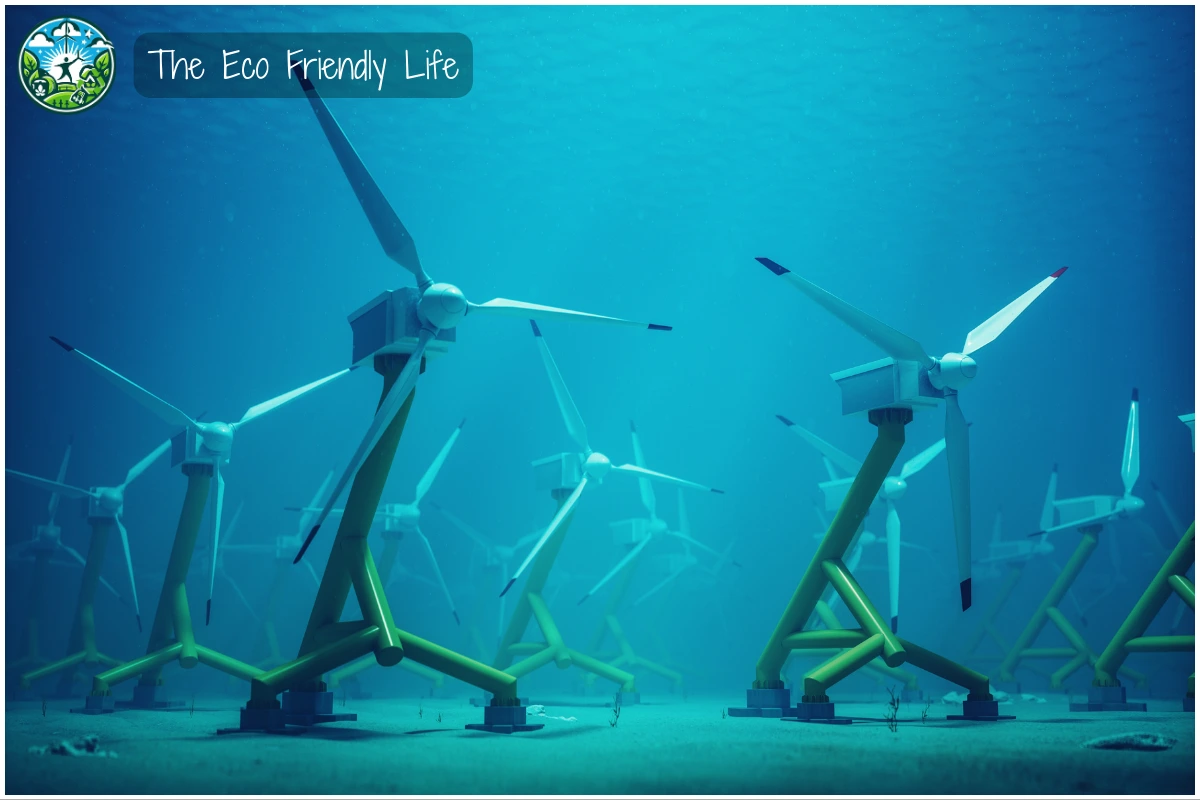
Introduction to Renewable Energy Sources
Let’s Discover Renewable Energy: Renewable energy is capturing the attention of policymakers, industry leaders, and communities worldwide, including myself. I’m deeply invested in its significance and potential, and I know you are too, as we navigate this shared journey toward a sustainable future. You might be wondering, what exactly sets renewable energy apart from traditional fuels? Unlike finite fossil fuels like oil, gas, and coal that emit harmful pollutants when used, renewable sources are naturally replenished.
Embrace Clean Energy: Our demand for clean energy solutions isn’t just a fleeting trend; it’s an essential strategy for addressing climate change and ensuring our planet’s health. Renewable energy encompasses a broad spectrum of technologies, each harnessing natural processes like sunlight, wind, and water flows to generate power. These technologies offer us a unique opportunity to reduce our carbon footprint and minimize our impact on the climate.
Innovative Energy Solutions: For me, the appeal of renewable energy isn’t just its environmental benefits. It’s also about its ability to provide innovative job opportunities and foster economic growth. The field is constantly evolving, with new advancements promising to reshape how we think about and use energy.
The Prominent Role of Solar and Wind Energy
Solar Power Surge: As I explore the renewable energy landscape, I’m amazed by the dramatic surge in solar photovoltaic (PV) power. It’s a game changer, literally reshaping how we generate electricity. Recent data from the International Energy Agency (IEA) shows that solar PV now accounts for an impressive two-thirds of the projected global increase in renewable energy capacity. This isn’t just a statistic to me; it’s a marker of progress.
Consider the scale of solar PV’s impact: in 2023 alone, solar energy delivered a massive 73% to renewable capacity growth, taking the total solar capacity to an astounding 1,419 gigawatts (GW). This surge is thanks to the combination of dropping costs and strong policy support, demonstrating that where there’s a will to adopt cleaner energy practices, there’s a wealth of solar power to tap into.
Harnessing Wind Power: Wind energy is equally vital in this renewable revolution. Wind capacity grew by 107 GW in 2023, driven by delayed projects catching up, especially in China, and bolstered by technological advancements across Europe and the U.S. With a new global capacity of 1,017 GW by the end of the year, wind energy stands shoulder to shoulder with solar as a force for change.
China Leading the Way: China’s role in this energy shift cannot be overstated. With its remarkable pace of renewable energy adoption, China is projected to be responsible for 55% of the world’s annual capacity additions by 2024. If one country can exhibit such commitment to renewables, it spells encouraging news for global energy paradigms.
Europe’s Renewable Response: In response to the persistent energy crisis, the European Union (EU) has stepped up significantly, enhancing its renewable capacity. Solar PV shines brightly here as well, with countries like Germany, Italy, and the Netherlands rapidly increasing their solar arrays, painting a sunny picture of Europe’s renewable efforts.
Transitioning to Renewables: As I transition to discussing the various types of renewable energy, I want you to keep in mind the importance of these updates. Understanding them is pivotal because they highlight the fundamental shifts underway. The ascension of solar and wind energy is reshaping economies, technologies, and energy policies worldwide. This isn’t just about transitioning to renewables; it’s about an integrated approach to cleaner, smarter grids and a more stable climate future.
Diverse Types of Renewable Energy Explained
Variety of Clean Sources: When I zoom in on the landscape of renewable energy, I see a rich variety beyond just solar and wind. Different sources of renewables leverage natural processes to generate clean energy, each with its unique advantages and techniques.
Power of Solar Energy: Take solar energy, for instance. It’s not all about solar PV panels, although they are quite pivotal, converting sunlight directly into electricity through semiconductor technology. There’s also solar thermal energy, which employs mirrors or solar collectors to harness the sun’s heat, not just its light, to power turbines or heat up homes and businesses.
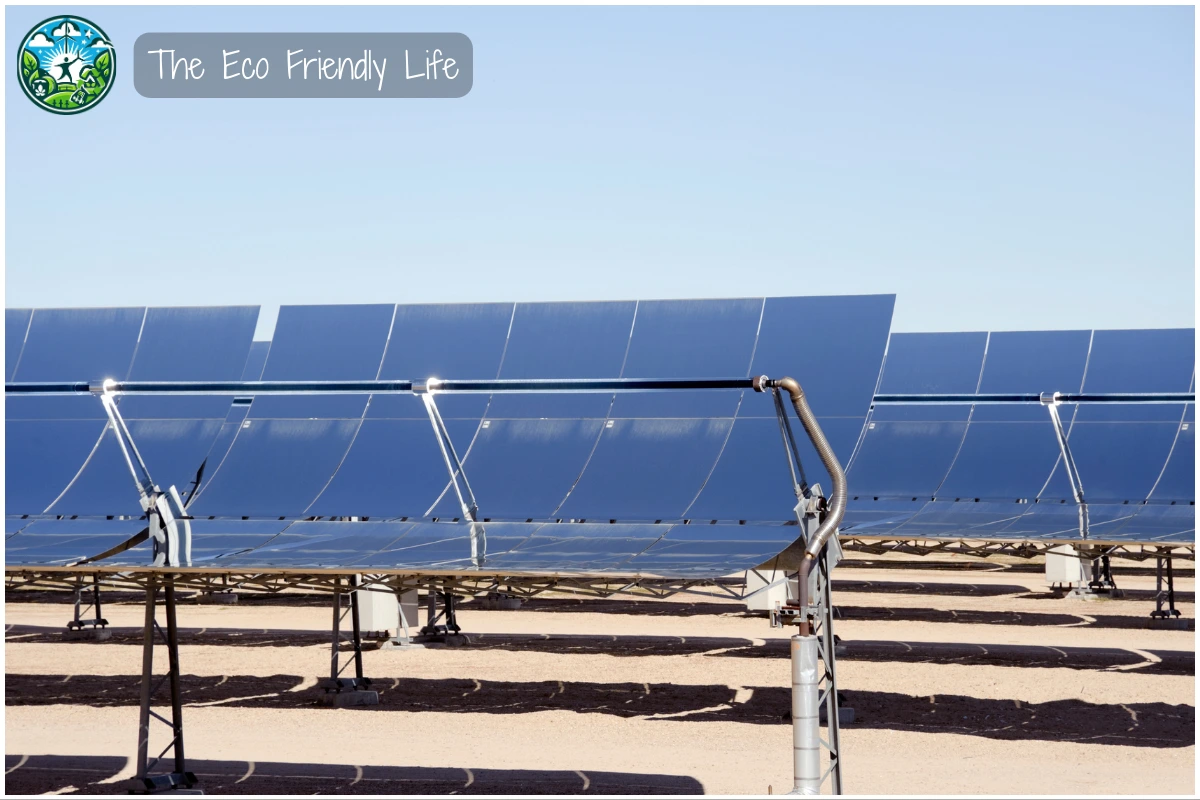
Wind Energy Wonders: Wind energy extends beyond the familiar sight of turbines on the horizon. Onshore wind capitalizes on land-based breezes, while offshore wind captures coastal and marine winds that tend to be stronger and more consistent, offering a heftier energy punch.
Geothermal Heat Source: Geothermal energy is a powerhouse in its own right. It utilizes the Earth’s internal heat by tapping into hydrothermal reservoirs—areas with naturally occurring hot water and steam. Innovation doesn’t rest here, with Enhanced Geothermal Systems (EGS) involving improvements to underground structures to access heat from less permeable rock formations.
Hydropower Reliability: Then, there’s the stalwart of renewables—hydropower. From grand reservoirs holding massive amounts of stored water to unassuming run-of-river setups that take advantage of the river’s current, this source relies on the movement of water to produce energy.
Emerging Ocean Energy: On the forefront of innovation in the renewables sector is ocean energy. It comprises various technologies such as wave energy converters that harness the kinetic energy of surface waves, and tidal energy systems that utilize the sea’s tidal movements. There’s also the somewhat futuristic Ocean Thermal Energy Conversion, which exploits the temperature differences between warmer surface water and colder deep water to generate electricity.
Bioenergy’s Natural Power: I’d be remiss if I didn’t shine a light on bioenergy. This class of renewables uses natural materials—biomass like wood, charcoal, and agricultural waste, as well as liquids like biofuels, and even gases such as biogas. The organic matter is transformed to create energy in ways both traditional and modern.
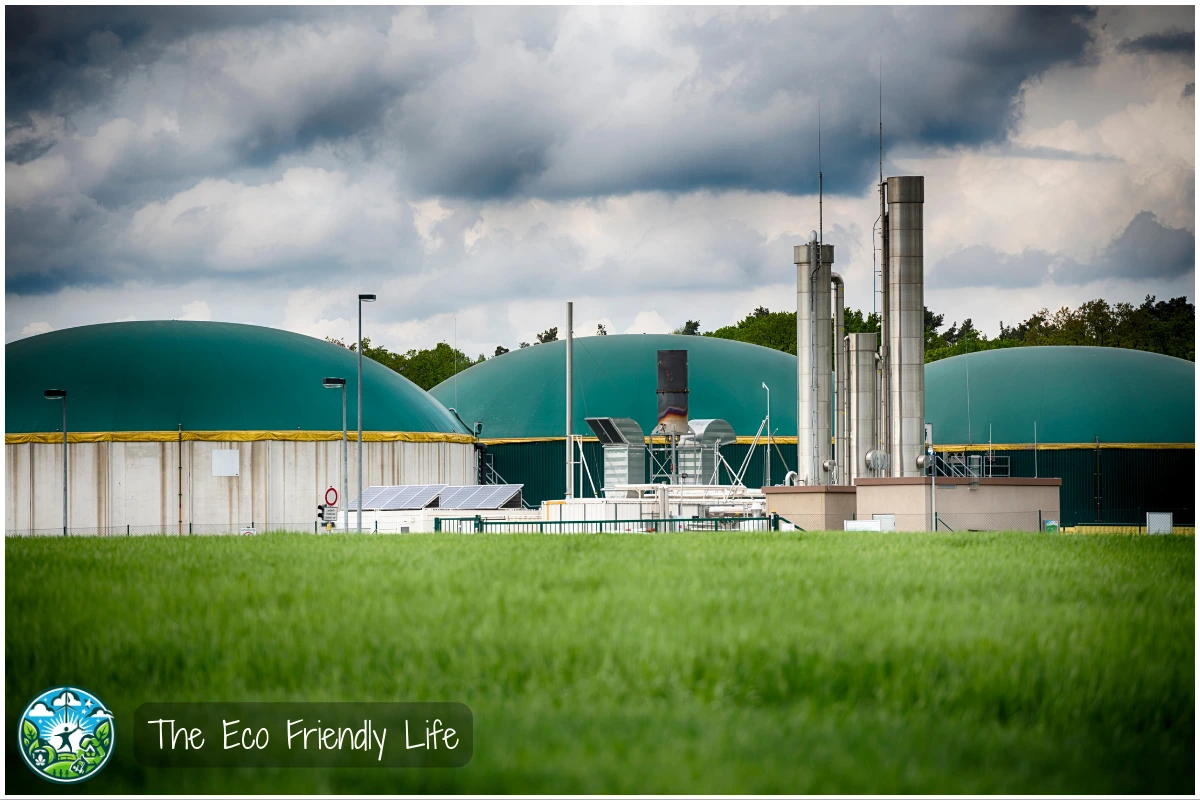
With an understanding of these different types of renewables, I can shift focus to their tangible impact. Next, I’ll dissect the numbers and economic implications, painting a clear picture of their real-world significance.
Analyzing Renewable Energy Statistics and Economic Impact
Before we continue into this section I invite you to take a look at this graph from Our World in Data which illustrates the global amount of installed renewable energy capacity, listed by the type of technology. It is an interactive map so please click the image below to open the graph and have a play around. You will see it paints a very promising outlook for the future.
Credit: International Renewable Energy Agency (2023) – processed by Our World in Data. “Global installed renewable energy capacity by technology” [dataset]. International Renewable Energy Agency, “Renewable Electricity Capacity and Generation Statistics” [original data]. Retrieved July 22, 2024 from https://ourworldindata.org/grapher/installed-global-renewable-energy-capacity-by-technology
Milestone Achievements: In 2023, the collective power capacity from renewables hit an impressive milestone of 3,870 GW, according to the International Renewable Energy Agency (IRENA). This figure represents a beacon of progress, showcasing renewable energy’s undeniably central role in the energy sector globally, with an 86% share in capacity additions for the year.
Solar’s Stellar Performance: To reiterate what we discussed previously in the article, solar energy is the star player, contributing seventy-three percent to renewable capacity growth, with a total capacity of 1,419 GW by 2023’s end. This surge is a direct result of solar PV’s cost-effectiveness and strong policy support, fostering an environment for continued expansion.
Wind Energy Uplift: As we also discussed previously wind power also boasts uplifting statistics. It’s exciting to report a 70% increase in onshore wind capacity in 2023, equating to an increase of 107 GW, as noted by the International Energy Agency (IEA). With an overall capacity of 1,017 GW, wind energy, including both onshore and offshore, is set for significant future contributions to renewable expansion.
Steady Geothermal Growth: Geothermal energy, while not new, continues to harness the earth’s heat for over a century, confirms the IEA. This mature technology remains an underappreciated gem in the renewable arsenal, providing stable and continuous power.

Hydropower’s Historical Role: Hydropower, society’s longstanding ally, has been providing the lion’s share in renewable electricity currently standing at 1,300 GW. Yet, its future is clouded by changing rainfall patterns, a challenge I see as potentially a direct impact of climate change.
Bioenergy’s Modern Approach: Stepping into the bioenergy ring, it’s clear this source isn’t a heavyweight champion in capacity growth, but certainly not to be underestimated. With a modern approach to biomass, bioenergy production increased by 4.4 GW in 2023 bringing it’s total capacity to 120 GW, thanks to the efforts of countries like China, Japan, Brazil, and Uruguay.
Economics of Renewables: From a financial perspective, renewables have reached a tipping point, often costing less than fossil fuels, marking an era where green power is also economically savvy. This economy of scale isn’t just beneficial for the planet; it’s a job creator, generating thrice as many jobs as fossil fuels industries, validating renewables as a robust engine for employment.
The Future of Renewable Energy and Global Trends
Renewables Surpassing Coal: I’ve shared quite a bit about the sources of renewable energy and their growth in our energy mix. Now, I’ll paint a picture of the future—a landscape shaped by the very trends we observe today.
By 2025, something remarkable is expected to happen. Renewable energy is on track to overtake coal as the primary source of electricity generation. This is no small feat considering coal’s historical dominance. It’s a clear indicator of a global shift in priorities toward cleaner energy sources.
Before we continue further into this section I invite you to take a look at this graph from Our World in Data which illustrates the share of electricity generation from fossil fuels, renewables and nuclear power across the world. It is an interactive map which can be sorted by countries and regions so please click the image below to open the graph and have a play around. You will see it clearly shows the shift away from fossil fuels towards renewable energy when it come to electricity generation, but at the same time highlights the challenges in implementing this change across the world.
Credit: Ember (2024); Energy Institute – Statistical Review of World Energy (2024) – with major processing by Our World in Data. “Share of electricity generated by fossil fuels – Ember and Energy Institute” [dataset]. Ember, “Yearly Electricity Data”; Energy Institute, “Statistical Review of World Energy” [original data].
Solar and Wind Leading: Wind and solar PV, with their impressive capacity increases, will outpace nuclear power. What’s driving this? Lower costs, better technology, and increased policy support. It’s this trinity of factors that spurs the expansion of renewables, making solar panels and wind turbines increasingly common sights.
Climate Commitments Matter: There’s also the climate commitment angle. Countries are setting ambitious goals to reduce carbon emissions and renewables are central to meeting these targets. As each year passes, the urgency to act on climate change grows, and so does the role of renewable energy in our energy solutions.
Advancing Technology: When we consider the advancements in technology, combined with supportive policies, it’s evident why renewable energy is gaining momentum. While challenges certainly exist, the prospect of a renewable-powered world is closer than ever.
Economic Empowerment: Let’s not forget the economic impact here. Renewables are steadily becoming the more cost-effective option compared to fossil fuels. With the potential to create three times as many jobs, the renewable sector isn’t just about powering homes—it’s about empowering communities.
Transformative Energy Future: The current statistics and trends don’t just reflect growth in cleaner energy—they signify a transformative era in the global energy landscape. As renewables become the backbone of our power generation, they pave the way for a sustainable and promising energy future.
Conclusion
In concluding our exploration of renewable energy sources, it’s evident that the shift towards clean energy is not just necessary but incredibly promising. Solar and wind energy are leading the way, showing significant growth and paving the path for a sustainable future.
Understanding the diverse types of renewable energy, from geothermal to bioenergy, reveals the vast potential we have at our disposal. Each source contributes uniquely to reducing our carbon footprint and fostering economic growth, making the transition to renewables both an environmental and economic imperative.
Thank you for joining me on this journey. I encourage you to explore how renewable energy can play a role in your life and community. Until next time, keep being kind to the Earth and encourage others to do the same.

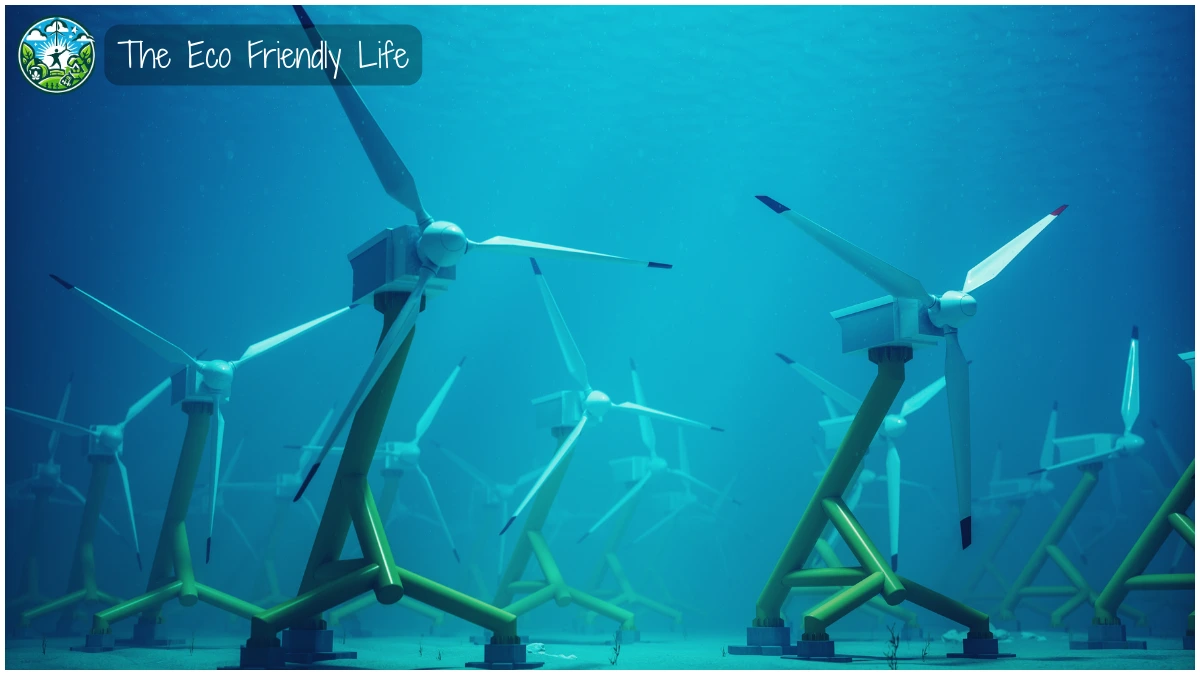
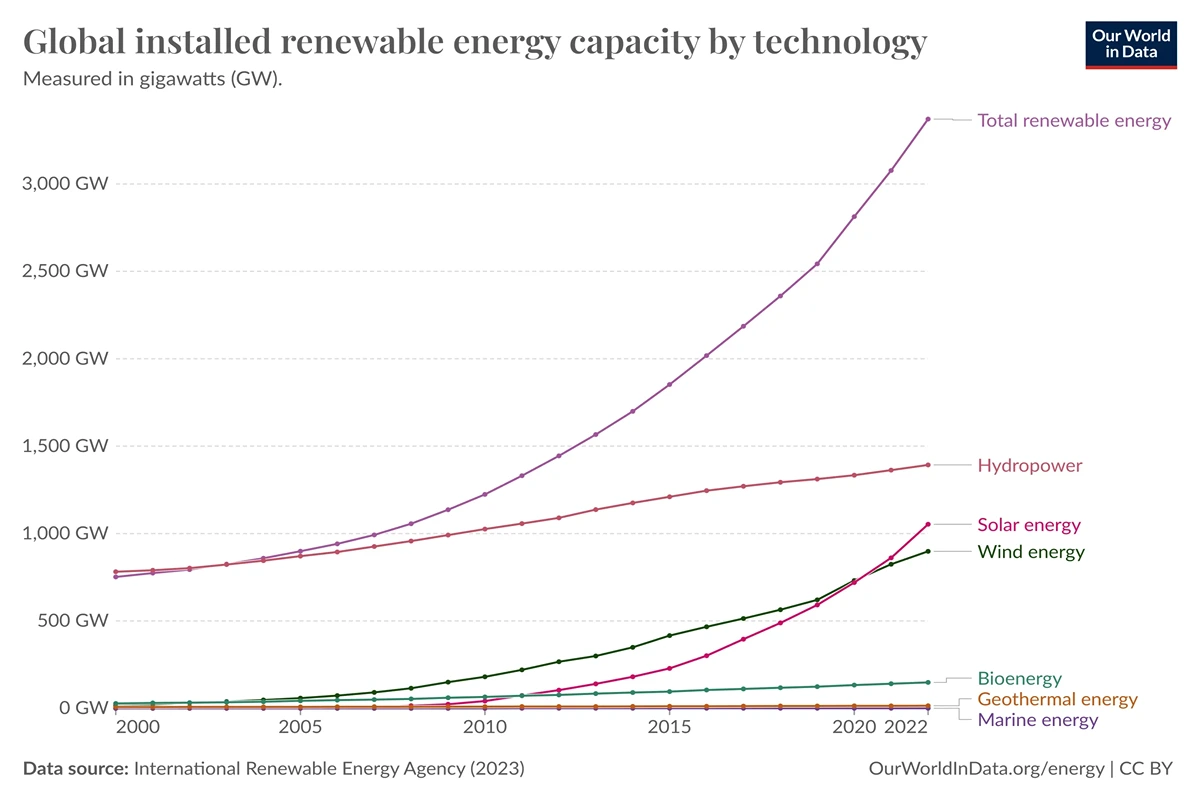
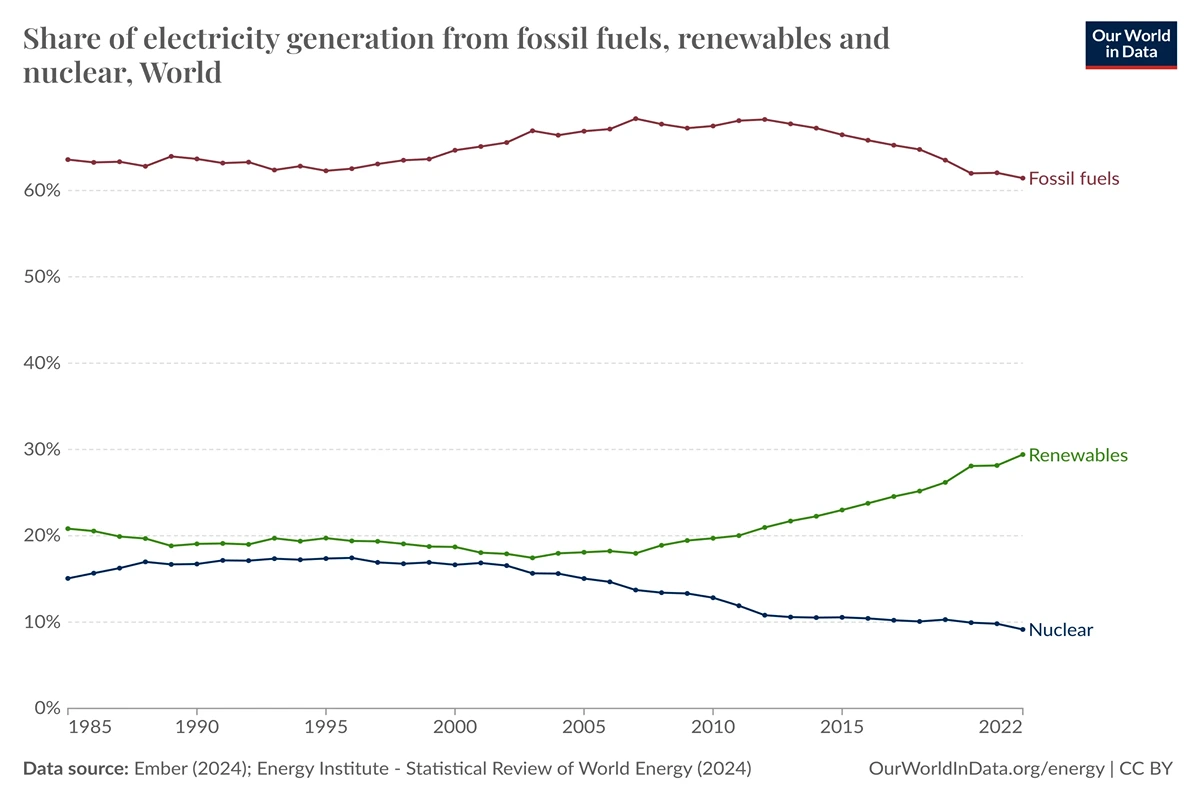
Renewable energy is a topic of discussion in many developed countries, and now I think that it might even be used in developing countries. And I consider moving to the country and adopt an off-grid lifestyle. One renewable energy I want to try is solar panel, though I heard it doesn’t work properly in Europe because you don’t have sunny times all year round.
Hi there,
Thanks very much for your comment. It’s great to hear about your interest in adopting an off-grid lifestyle and using renewable energy sources! Solar panels are indeed a fantastic option for sustainable living, and recent advancements have made them more efficient even in areas with less sunshine. In Europe, for example, solar technology has improved significantly, and many systems now include battery storage to ensure you have power even during cloudy days or nighttime. Additionally, you can combine solar with other renewable sources like wind or bioenergy to create a more reliable and consistent energy supply.
Moving to the country and living off-grid is a wonderful way to reduce your carbon footprint and live more sustainably. Many people in both developed and developing countries are successfully using renewable energy to power their homes and communities. With proper planning and the right technology, you can definitely achieve a sustainable and comfortable off-grid lifestyle.